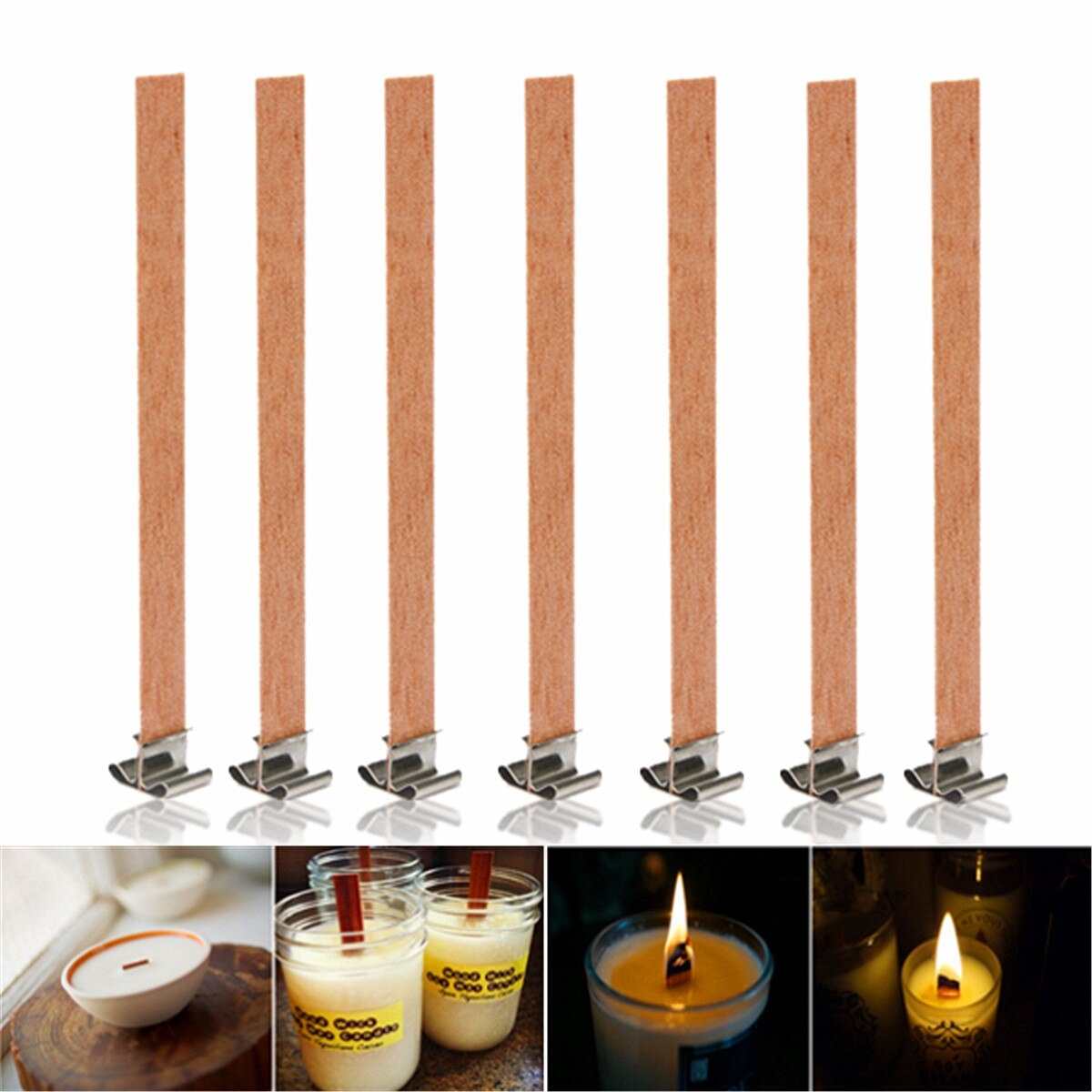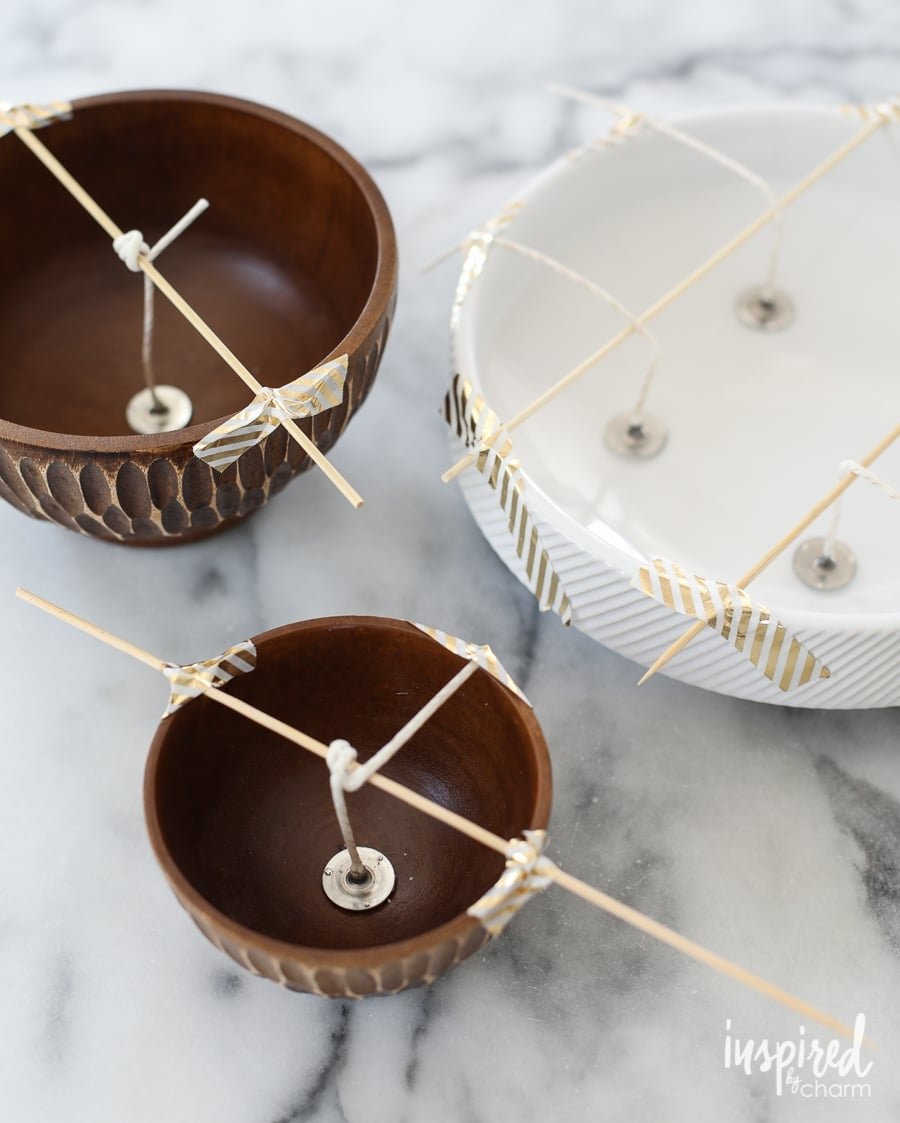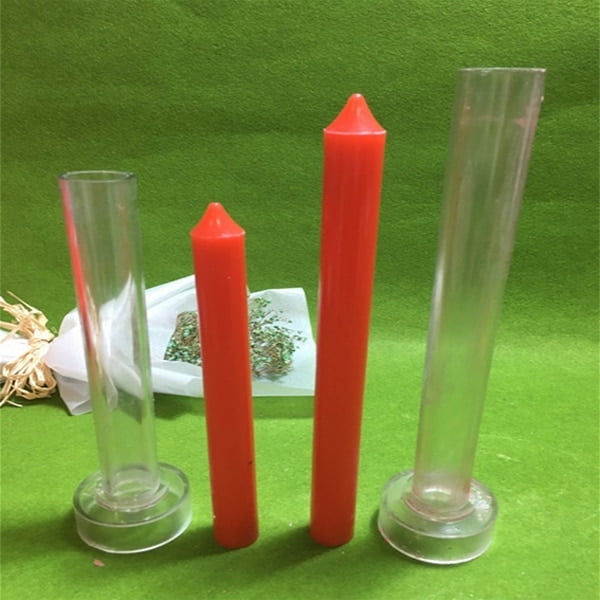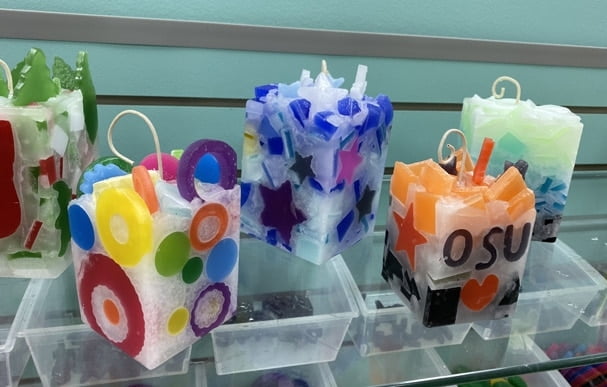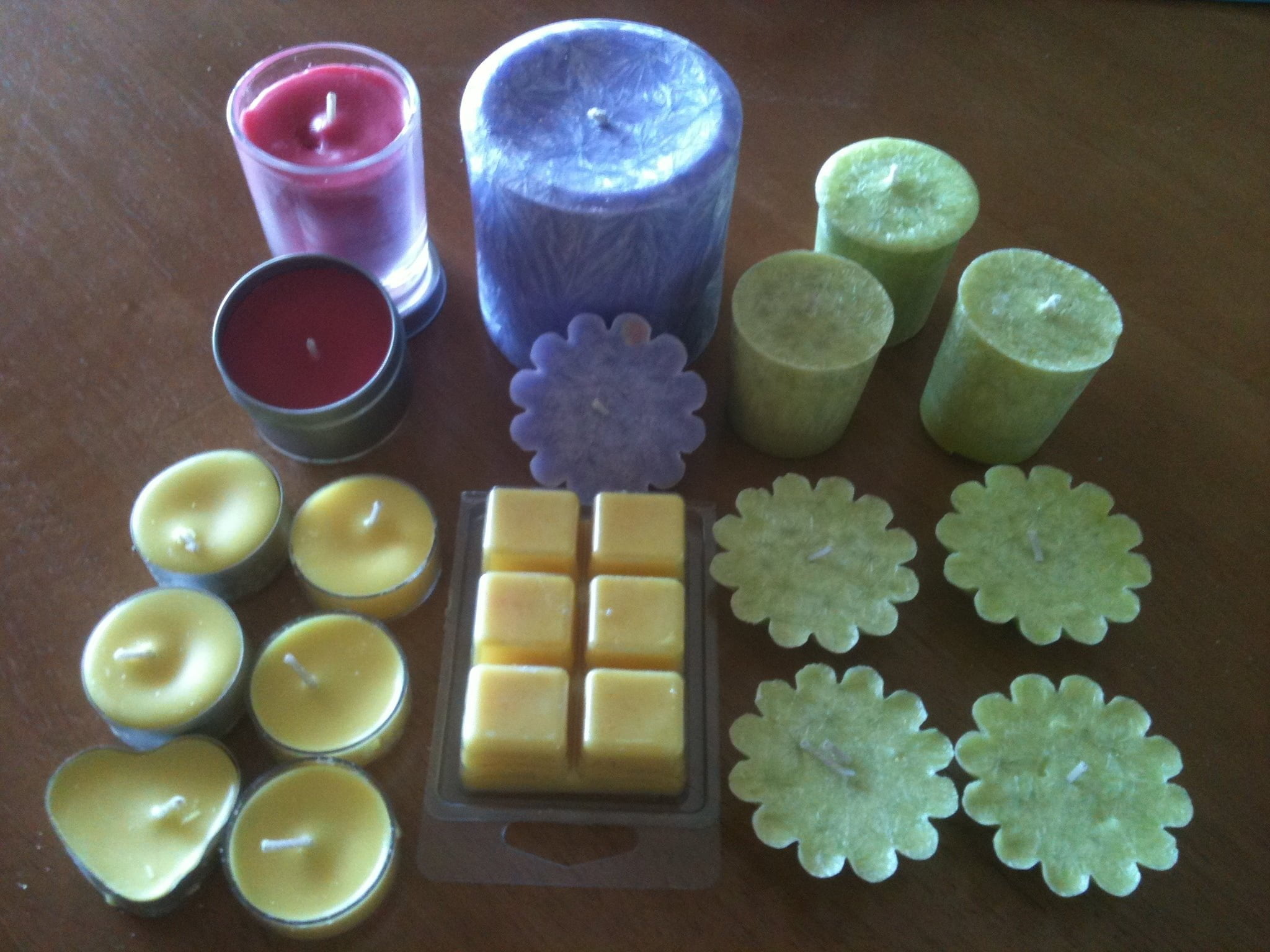Candle making is an increasingly popular craft that allows individuals to create personalized, unique candles for their homes or as gifts. For beginners looking to delve into the art of candle making, having clear instructions and the right supplies is essential. In this article, we will provide step-by-step candle making instructions specifically tailored for beginners in the UK, along with valuable tips and tricks to ensure successful creations.
Before diving into the detailed process of candle making, it’s important to understand the rich history behind this timeless craft in the UK. From traditional techniques passed down through generations to modern innovations, the art of candle making has evolved significantly over the years. This section will explore how candle making has developed in the UK and its significance in both cultural and practical aspects.
To start your candle making journey, it’s crucial to have all the necessary supplies at hand. From different types of wax such as paraffin, soy, and beeswax to molds, wicks, dyes, and fragrances – each component plays a crucial role in creating a quality candle. Understanding these essential supplies and their functions is key to mastering the art of candle making successfully.
History of Candle Making in the UK
Candle making has a long and rich history in the UK, dating back centuries. In ancient times, candles were predominantly made from tallow, which is animal fat. These early candles were essential for providing light in homes, churches, and other buildings before the invention of electricity. The process of making candles has evolved over time with the introduction of new materials and techniques.
During the Middle Ages, beeswax became a popular choice for candle making among the wealthy due to its pleasant aroma and clean burn. Beeswax candles were often used in churches and religious ceremonies. As trade routes expanded, paraffin wax eventually became more widely available and affordable for candle production in the UK, leading to the commercialization of candle making.
In the 19th century, the Industrial Revolution transformed candle making into a thriving industry in the UK. With advancements in technology and manufacturing processes, candles became more accessible to the general population. Today, candle making is not only a practical craft but also a form of creative expression enjoyed by hobbyists and artisans alike. Whether you are a beginner or seasoned crafter, there are endless possibilities to explore with candle making instructions UK.
- Early candles were primarily made from tallow.
- Beeswax became popular during the Middle Ages for its aroma.
- The Industrial Revolution in the 19th century boosted candle production in the UK.
Essential Supplies Needed for Candle Making
Candle making is a creative and therapeutic craft that has been enjoyed for centuries. To begin your candle making journey, there are some essential supplies you will need to have on hand. First and foremost, you will need wax. There are various types of wax available for candle making, including paraffin, soy, and beeswax. Each type of wax has its own unique qualities, so it’s important to choose the one that best suits your needs and preferences.
In addition to wax, you will also need wicks for your candles. Wicks come in different sizes and materials, such as cotton or wood, and choosing the right wick is crucial for a successful burn. You will also need a container or mold to shape your candles. Containers can be made of glass, metal, or silicone, while molds can be made of aluminum or plastic.
Other essential supplies for candle making include a double boiler or microwave-safe container for melting the wax, a thermometer to monitor the temperature of the wax, fragrance oils or essential oils for scenting your candles, colorants for adding color, and a heat source such as a stove or hot plate. With these supplies in hand, you’ll be well on your way to creating beautiful handmade candles right at home.
Lastly, it’s important to have a dedicated workspace for your candle making endeavors. Make sure your work area is clean and well-ventilated to ensure safety while working with hot wax and fragrances. By having all the necessary supplies and setting up a suitable workspace, you’ll be ready to dive into the world of candle making with confidence.
| Essential Supplies | Reason |
|---|---|
| Wax (paraffin, soy, beeswax) | Main component of candles |
| Wicks | Necessary for burning the candles |
| Containers or molds | To shape the candles |
Different Types of Wax for Candle Making (Paraffin, Soy, Beeswax)
When it comes to candle making, choosing the right wax is essential as it can affect the quality and performance of your candles. In the UK, there are several types of wax commonly used by candle makers, each with its own unique characteristics and benefits. Understanding the differences between paraffin, soy, and beeswax can help you make an informed decision when starting your candle making journey.
Here is a breakdown of the different types of wax for candle making in the UK:
- Paraffin Wax: Paraffin wax is one of the most popular choices for candle making due to its affordability and versatility. It has a high melting point, which makes it ideal for creating long-lasting candles with a strong scent throw. However, some people prefer to avoid paraffin wax because it is derived from petroleum.
- Soy Wax: Soy wax is a natural alternative to paraffin wax that has gained popularity in recent years. Made from soybean oil, this type of wax burns cleaner and longer than paraffin wax. It also holds fragrance well and is biodegradable, making it an eco-friendly option for environmentally conscious candle makers.
- Beeswax: Beeswax is another natural option for candle making that offers a warm and sweet honey-like scent when burned. It has a higher melting point than soy wax, resulting in longer burn times. Beeswax candles are known for their natural amber color and subtle fragrance.
Choosing the right type of wax for your candles will depend on your personal preferences, budget, and environmental concerns. Experimenting with different waxes can help you discover which one works best for your specific needs and desired results when following candle making instructions in the UK. Whether you opt for paraffin, soy, or beeswax, each type of wax offers unique advantages that can enhance your candle-making experience.
Step-by-Step Candle Making Instructions for Beginners
Candle making is a creative and rewarding hobby that allows you to customize your own candles for yourself or as gifts for others. If you are a beginner looking to try your hand at candle making, follow these step-by-step instructions to get started.
The first step in candle making is gathering all the necessary supplies. You will need wax (such as paraffin, soy, or beeswax), a double boiler or microwave-safe container for melting the wax, a thermometer, candle wicks, containers for pouring the melted wax into, fragrance oils or essential oils for scent, and dye or color blocks for coloring the candles. Make sure to set up your workspace on a flat surface and protect it with newspaper or a tablecloth.
Next, measure out the amount of wax you will need based on the size of the container you are using. Melt the wax in your double boiler or microwave, stirring occasionally until it reaches the recommended temperature according to the type of wax you are using. While waiting for the wax to melt, prepare your containers by securing the wick in place using a wick holder or hot glue.
Once the wax has reached the correct temperature and is completely melted, carefully pour it into your prepared containers. Add fragrance oils and dye if desired, stirring gently to evenly distribute throughout the wax. Allow the candles to cool and harden completely before trimming the wick to about 1/4 inch above the surface of the candle.
Your handmade candles are now ready to burn and enjoy. Remember to always follow safety precautions when working with hot wax and open flames.
By following these step-by-step instructions for candle making as a beginner, you can create beautiful and personalized candles to brighten up your space or give as thoughtful gifts. Experiment with different fragrances, colors, and techniques to develop your own unique style in candle making. With practice and patience, you will master this craft and continue to explore more advanced techniques in creating lovely handmade candles.
Adding Fragrance and Color to Your Candles
Choosing the Right Fragrance
When it comes to adding fragrance to your candles, there are countless options to choose from. Whether you prefer floral scents, fruity aromas, or something more rustic like a woodsy fragrance, the choice is yours. It is essential to use high-quality fragrance oils specifically designed for candle making to ensure a strong and long-lasting scent throw. Be sure to follow the recommended usage rates provided by the manufacturer for best results.
Adding Color to Your Candles
Coloring your candles can add an extra touch of personality and style. There are various options for coloring your candles, including liquid dyes, dye chips, or even natural colorants like powdered spices. When choosing a colorant, consider the type of wax you are using as different waxes may react differently to colorants. Remember that a little goes a long way with coloring, so start with a small amount and gradually add more until you achieve your desired hue.
Techniques for Adding Fragrance and Color
There are several ways you can incorporate fragrance and color into your candles depending on your preferences and the effect you want to achieve. You can add fragrance oils and colorants directly to the melted wax before pouring it into the container or use layered techniques for multi-colored or scented candles.
Experimenting with different combinations of fragrances and colors can help you create unique and personalized candles that reflect your style. Don’t be afraid to get creative and try out new techniques to enhance the beauty of your handmade candles.
By following these tips for adding fragrance and color to your candles, you can elevate your candle-making experience and create beautifully scented and visually appealing products that will delight both yourself and others. Remember that patience is key when experimenting with different scents and colors, so don’t be afraid to try new combinations until you find the perfect match for your creations.
Enjoy the process of making candles as a rewarding hobby that allows you to express yourself through scent and color.
Tips and Tricks for Successful Candle Making
Candle making can be a fun and rewarding hobby, but it can also be quite challenging for beginners. To help ensure that your candle-making experience is successful, here are some tips and tricks to keep in mind.
First and foremost, it is essential to invest in high-quality supplies when making candles. This includes using the right type of wax for your desired candle, as well as ensuring that you have the appropriate wicks, fragrance oils, and colorants. By using quality materials, you can create candles that burn evenly and emit a pleasant aroma.
Another important tip for successful candle making is to pay attention to temperatures. Different types of wax require specific melting points, so be sure to follow the recommended temperature guidelines when melting your wax. Additionally, adding fragrance oils and colorants at the correct temperature will help ensure that they distribute evenly throughout the candle.
One of the most crucial aspects of successful candle making is patience. It’s important to take your time and follow each step of the candle-making process carefully. Rushing through any part of the process can result in imperfect candles that may not burn properly or emit a strong scent. Remember, practice makes perfect, so don’t get discouraged if your first few attempts aren’t perfect – keep trying and refining your technique.
Safety Precautions to Take While Making Candles
Work in a Well-Ventilated Area
When making candles, it is important to work in a well-ventilated area to prevent the buildup of fumes from the melted wax. Proper ventilation will also help to minimize the risk of inhaling potentially harmful chemicals released during the candle-making process. Opening windows or using a fan can help improve air circulation in your workspace.
Use Protective Equipment
To ensure your safety while making candles, it is recommended to use protective equipment such as gloves and safety goggles. Gloves will protect your hands from hot wax, while safety goggles can prevent any splashes of hot liquid from coming into contact with your eyes. Additionally, wearing an apron or old clothing can help protect your skin from any spills or splatters.
Never Leave Melted Wax Unattended
One of the most crucial safety precautions to take when making candles is to never leave melted wax unattended. Hot wax is extremely flammable and leaving it unsupervised can lead to potential fire hazards. Always stay present during the melting and pouring process, and be sure to keep a fire extinguisher nearby for emergencies.
By following these safety precautions, you can enjoy the art of candle making without compromising your well-being. Remember that safety should always be a top priority when engaging in any craft or DIY project involving chemicals and open flames.
Exploring Advanced Candle Making Techniques
Advanced candle making techniques can elevate your creations to the next level, allowing you to experiment with different designs and styles. One popular technique is layering different colored waxes to create a unique visual effect. To achieve this, melt each color of wax separately, pour a thin layer into the container, let it cool and harden slightly, then repeat the process with the next color. This method requires patience and precision but can result in stunning multi-colored candles.
Another advanced technique is embedding objects or decorations within the candle. This can include dried flowers, pieces of glitter, or even small charms. To do this, pour a small amount of melted wax into the container, place your desired object on top, then fill the rest of the container with more melted wax.
Make sure the object is fully submerged in the wax to prevent it from catching fire when the candle is lit. This adds a creative touch to your candles and makes them truly one-of-a-kind.
Additionally, advanced candle makers often experiment with different types of molds to create unique shapes and sizes for their candles. Silicone molds allow for intricate detailing, while metal molds can create more traditional pillar candles.
By exploring different mold options and techniques such as double-pouring or swirls, you can customize your candles to match any occasion or decor style. Advanced candle making techniques require practice and experimentation, but they offer endless possibilities for creativity and innovation in your candle making hobby.
Resources for Purchasing Candle Making Supplies in the UK
When it comes to venturing into the world of candle making in the UK, having the right supplies at your disposal is crucial. The quality of your candles will greatly depend on the materials you use, so it’s essential to source your supplies from reputable suppliers. There are several resources available in the UK where you can purchase high-quality candle making supplies to kick-start your crafting journey.
One of the most convenient ways to acquire candle making supplies in the UK is through online retailers. Websites like Candle Shack, Supplies for Candles, and Amazon UK offer a wide range of products including waxes, fragrances, dyes, wicks, and molding equipment. Shopping online allows you to compare different brands and prices, making it easier to find the best deals without leaving the comfort of your home.
For those who prefer a more hands-on shopping experience, there are physical stores across the UK that specialize in selling candle making supplies. Shops such as The Soap Kitchen in Devon or Craftovator in Manchester offer a variety of products and expert advice for both novice and experienced candle makers. Visiting these stores can provide you with valuable insights into new trends in candle making and allow you to personally select the materials that best suit your creative vision.
In conclusion, whether you choose to shop online or visit brick-and-mortar stores, finding reliable resources for purchasing candle making supplies in the UK is essential for creating beautiful and successful candles. Investing in high-quality materials will not only enhance the aesthetic appeal of your creations but also ensure their longevity and safety during use. So gather your supplies, follow the candle making instructions diligently, and let your creativity shine through every handcrafted candle you make.
Frequently Asked Questions
How to Make Candles Step by Step?
Making candles step by step involves gathering all the necessary materials such as wax, wicks, fragrance oils, and containers. The first step is melting the wax using a double boiler method or microwave.
Then, adding fragrance oil to the melted wax before pouring it into containers with pre-tabbed wicks. Finally, allowing the candles to cool and harden before trimming the wick and enjoying your handmade candles.
What Is the Formula for Candle Making?
The formula for candle making essentially consists of three main components: wax, fragrance oil, and color dye (optional). The ratio of these components may vary depending on the type of candle being made – whether it’s a container candle, pillar candle, or taper candle.
In general, the formula will involve melting the appropriate amount of wax, adding fragrance oil as per desired scent strength, and dye for color if preferred.
What Is the Ratio of Fragrance to Wax for Candles?
The ratio of fragrance to wax for candles typically ranges between 6% to 12% fragrance load per pound of wax. This means that for every pound of wax used in candle making, 0.96 oz to 1.92 oz of fragrance oil should be added.
However, it’s crucial to check with the specific fragrance oil manufacturer for their recommended usage rates as they can vary based on the potency of the scent and type of wax being used in your candles.

Welcome to my candle making blog! In this blog, I will be sharing my tips and tricks for making candles. I will also be sharing some of my favorite recipes.

